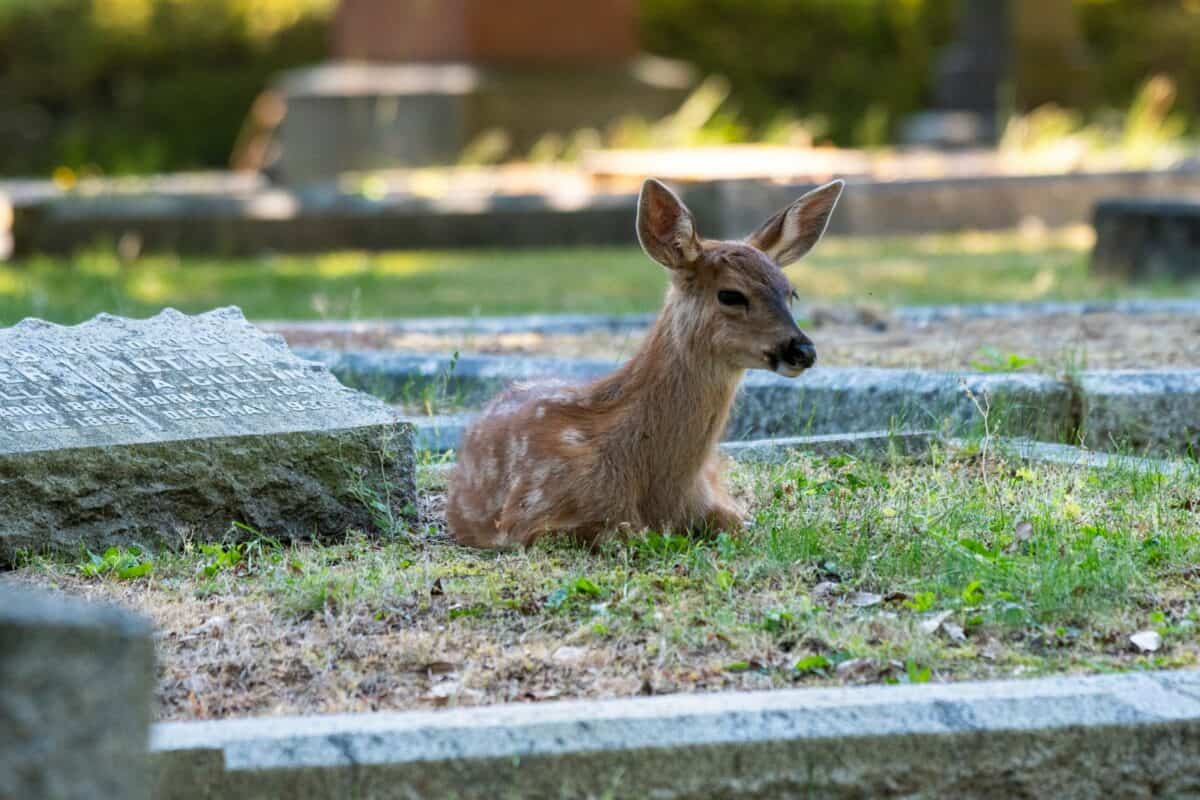In the animal kingdom, growing up isn’t marked by caps and gowns, but rather by crucial milestones that prepare young creatures for independent survival. This transition from dependency to self-sufficiency—what we might call a “wildlife graduation”—is one of nature’s most fascinating and perilous processes. Across species and habitats, young animals must master vital skills before venturing into the world alone. Whether it’s a lion cub learning to hunt, a young bird taking its first flight, or a turtle hatchling racing to the ocean, these coming-of-age journeys showcase remarkable adaptations and often heart-wrenching challenges. This article explores the diverse pathways to independence that young animals navigate, revealing the intricate balance between parental guidance and innate instinct that shapes their journey to adulthood.
The Universal Journey to Independence
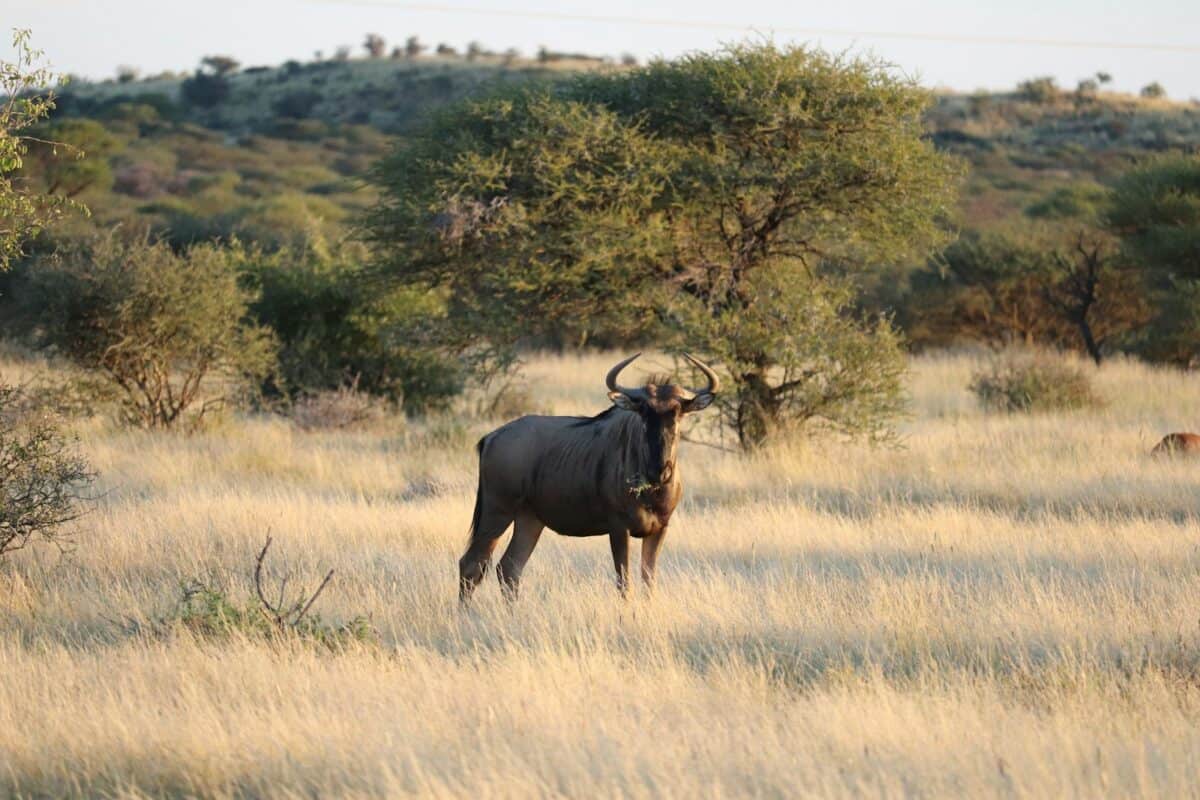
Despite the vast diversity in the animal kingdom, the path to independence follows surprisingly common patterns across species. Young animals typically progress through phases of complete dependency, guided learning, supervised practice, and finally, independence. What varies dramatically is the timeline—some species become self-sufficient within days or weeks of birth, while others require years of parental investment. This spectrum reflects evolutionary adaptations to different ecological pressures and reproductive strategies. Precocial species like wildebeest calves can stand and run within minutes of birth, whereas altricial species such as eagles produce helpless young that require extended periods of care. These different approaches represent alternative solutions to the same fundamental challenge: preparing offspring for survival in an unforgiving world while balancing the parents’ need to conserve energy and resources.
Born Ready: Precocial Species and Minimal Parenting

For some species, independence begins almost immediately after birth. Sea turtles hatch on beaches and must navigate to the ocean without parental guidance, using innate behaviors that respond to the horizon’s brightness and the reflection of moonlight on water. Similarly, many ungulates like gazelles and wildebeest produce young that can stand within minutes and run within hours—essential adaptations for animals living in open habitats with constant predation pressure. The megapode birds of Australia and Southeast Asia take this to an extreme; after laying eggs in mounds of decomposing vegetation, parents provide no further care, and hatchlings emerge fully feathered and capable of flight. These precocial species demonstrate how robust innate behaviors can substitute for extended parental teaching, allowing for rapid independence when ecological conditions favor minimal investment per offspring. Their genetic programming contains sophisticated behavioral instructions that activate immediately upon birth, essentially providing them with pre-installed survival software.
Extended Learning: The Mammalian Model
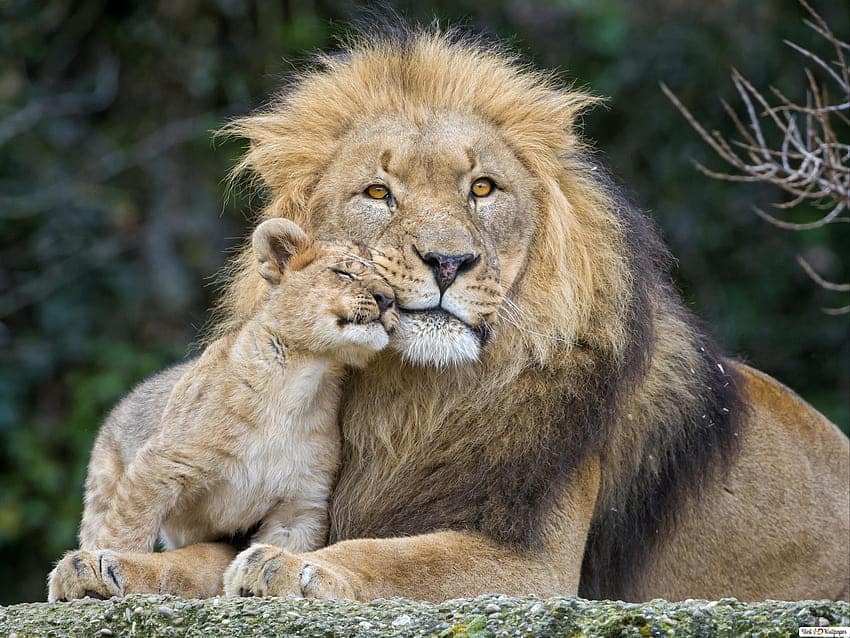
In stark contrast to precocial species, many mammals—particularly social predators and primates—invest years in offspring development. Lion cubs don’t participate in hunts until they’re about a year old and don’t become proficient hunters until age two or three. Similarly, young chimpanzees spend up to five years observing adults before mastering complex tool use for termite fishing or nut cracking. This extended learning period allows for the transmission of sophisticated behaviors that can’t be encoded genetically. Young orcas may spend over a decade learning pod-specific hunting techniques, vocalizations, and cultural traditions before reaching full competence. The length of dependency correlates with brain development and lifestyle complexity; species with larger brain-to-body ratios typically require longer learning periods. This investment pays dividends in behavioral flexibility, allowing these species to adapt to changing environments and exploit challenging resources through learned skills rather than fixed instincts.
The Dangerous First Flight: Avian Independence
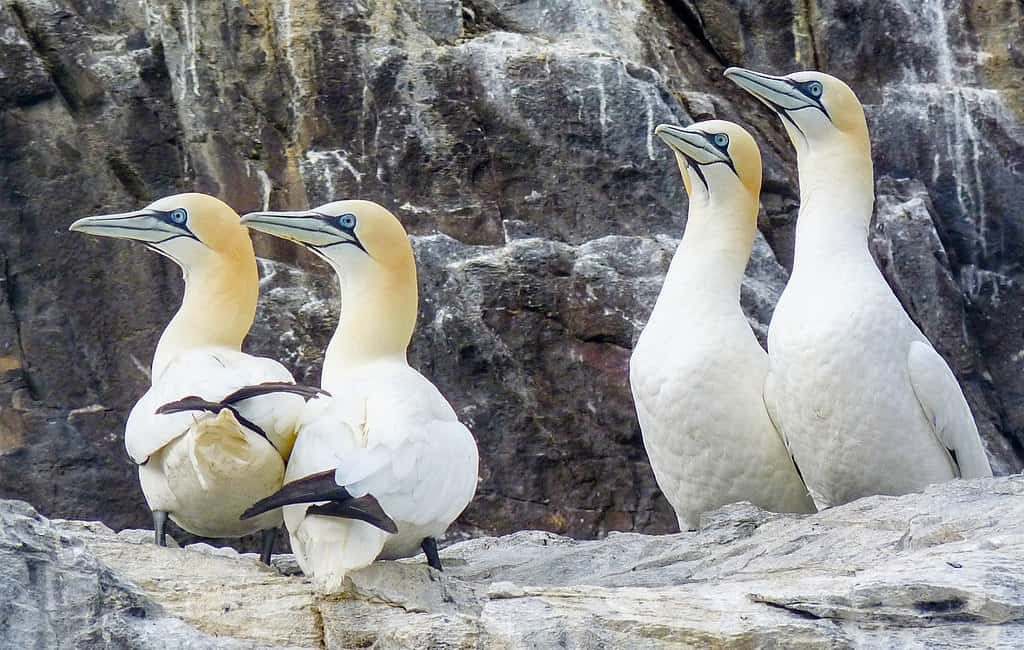
For birds, the first flight represents perhaps the most dramatic graduation ceremony in nature. After weeks of growth in the nest, fledglings must take a literal leap of faith, testing untried wings against the pull of gravity. Preparation for this moment involves progressive development, from wing-strengthening exercises to short practice hops at the nest edge. The parents’ role shifts from direct feeding to encouragement and demonstration, sometimes withholding food to motivate flight attempts. For cliff-nesting species like gannets and puffins, the stakes couldn’t be higher—their first flight must succeed or end in fatal consequences. Research shows this transition often coincides with neurological development that enhances spatial awareness and coordination. In colonial species, fledglings may practice in “flight schools,” where young birds gather to build skills together while parents watch from nearby. The mortality rate during this period is significant—up to 70% in some species—making it one of nature’s most rigorous examinations.
Tough Love: Forced Independence

In some species, parental encouragement takes the form of what appears to be rejection. Bear cubs typically remain with their mother for 1-2 years, learning foraging techniques and territory boundaries. When the time comes, the mother actively drives away her yearlings, sometimes with aggressive behavior that seems cruel to human observers. This forced independence coincides with the mother’s return to breeding condition and ensures that young bears establish their own territories rather than competing with their mother for resources. Similarly, lionesses may temporarily leave pride to give birth, returning with cubs only when they’re ready to be integrated into the group. These seemingly harsh practices actually represent evolutionary adaptations that prevent resource competition between generations and reduce the risk of inbreeding. The timing of such separations is usually precisely calibrated to occur when offspring have acquired necessary survival skills but before they become reproductive competitors.
Gradual Transitions: Play as Practice

For many species, play represents a crucial bridge between dependency and independence. Wolf pups engage in mock fights that develop coordination and establish pack hierarchies. Young otters play-chase fish before attempting actual hunts. These activities aren’t merely recreational—they build neural pathways that support adult behaviors while providing low-risk practice opportunities. Research in neurophysiology reveals that play stimulates brain development, particularly in regions associated with motor control, social cognition, and problem-solving. The energy investment in play—which can consume up to 20% of a young mammal’s caloric intake—underscores its evolutionary importance. Interestingly, the complexity and duration of play correlate with species’ cognitive capabilities and social structures. Solitary hunters like tigers have young that primarily practice stalking and pouncing, while social species like meerkats incorporate more cooperative elements into their play. This rehearsal period allows young animals to develop skills at their own pace before facing real-world consequences.
Ocean Nurseries: How Marine Young Find Their Way

Marine environments present unique challenges for developing independence. Many fish species release thousands of eggs that develop without parental care, resulting in tiny larvae that must immediately fend for themselves. These vulnerable young often find safety in numbers, forming enormous schools that confuse predators while individuals develop. Coral reef fish larvae may travel hundreds of miles in ocean currents before finding suitable habitat to settle. Recent research has revealed that even these tiny creatures possess sophisticated navigation abilities, using magnetic sensing, olfactory cues, and sound signatures to locate appropriate habitats. Among marine mammals, the strategies differ dramatically. Dolphin calves remain with their mothers for 3-6 years, learning complex hunting techniques and social behaviors. During this apprenticeship, young dolphins gradually increase their independence through widening swim circles, always returning to the safety of maternal protection until they’ve mastered survival skills and formed social bonds with peers.
Solitary vs. Social: Different Paths to Adulthood

The road to independence follows dramatically different routes in solitary versus social species. Young orangutans remain with their mothers for up to eight years, the longest dependency period of any non-human animal, learning to navigate complex forest canopies and identify over 200 food sources before striking out on their own to establish solitary adult territories. In contrast, young meerkats become integrated into their colony’s cooperative structure gradually, beginning with babysitting duties at three months before progressing to sentry positions and finally participating in group hunts. These contrasting approaches reflect different ecological strategies—the orangutan’s need for encyclopedic knowledge of forest resources versus the meerkat’s requirement for social coordination. For solitary species, independence often means establishing territory separate from parents, while for social species, it may mean earning a new role within the existing group structure. These differences highlight how the concept of “independence” itself varies across the animal kingdom, encompassing not just self-sufficiency but also social position.
The Risky Business of Dispersal
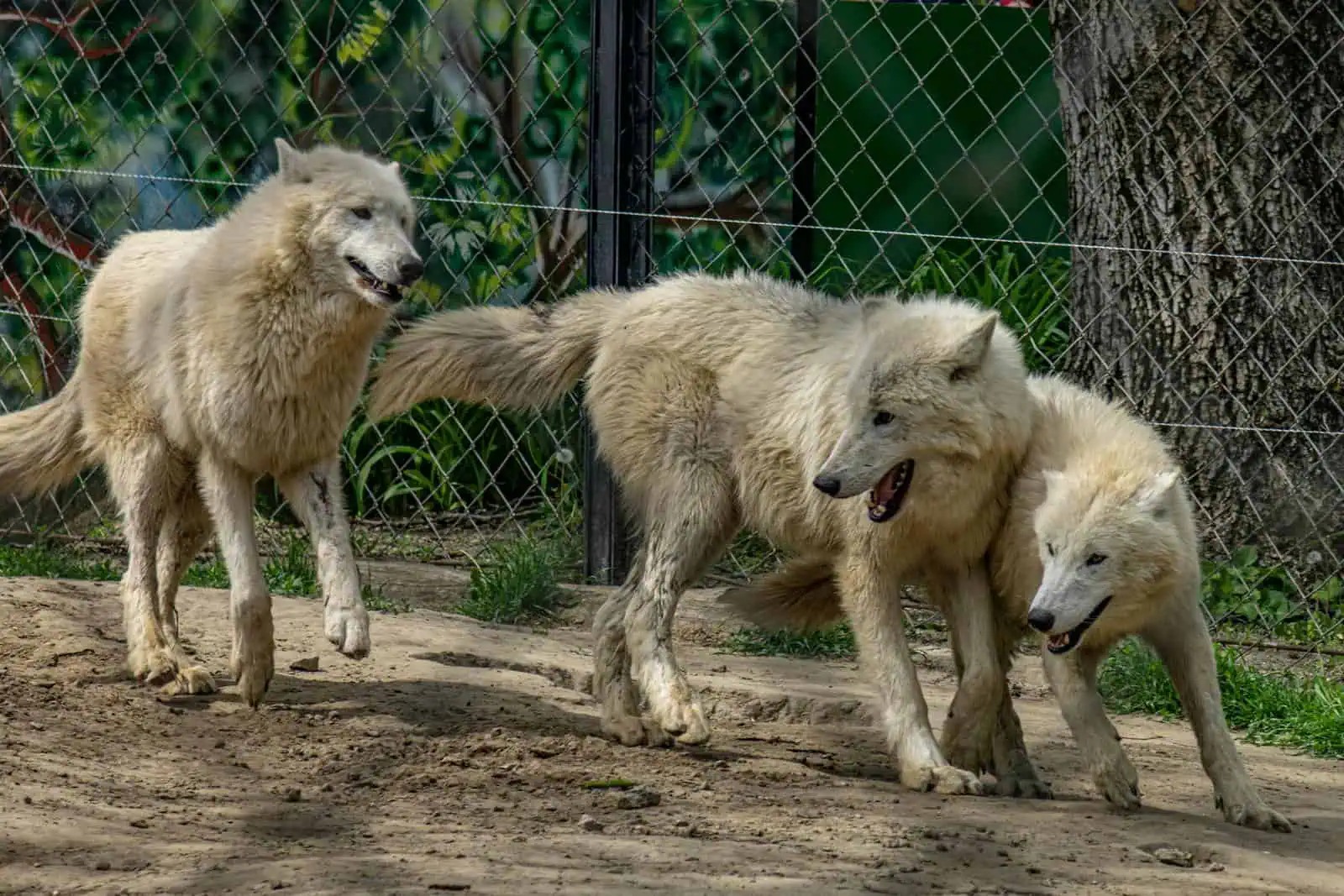
For many terrestrial species, true independence requires dispersal—leaving familiar territory to establish new homes elsewhere. This dangerous journey represents one of the highest mortality periods in an animal’s life. Young male lions ejected from their birth pride must travel through unfamiliar territories, facing starvation and attacks from established males. Similarly, juvenile wolves typically leave their natal pack between 1-3 years of age, with only about 20% surviving to establish or join new packs. These dispersal events serve crucial ecological and genetic functions, preventing inbreeding and distributing populations across available habitat. The timing typically coincides with physical maturity but before reproductive age, allowing individuals to establish themselves before breeding. Dispersal distances vary tremendously—young raccoons might travel just a few kilometers, while some bird species migrate thousands of miles before establishing territories. Climate change and habitat fragmentation have made these journeys increasingly perilous, with roadways and developed areas creating deadly barriers for dispersing wildlife.
Independence Through Metamorphosis
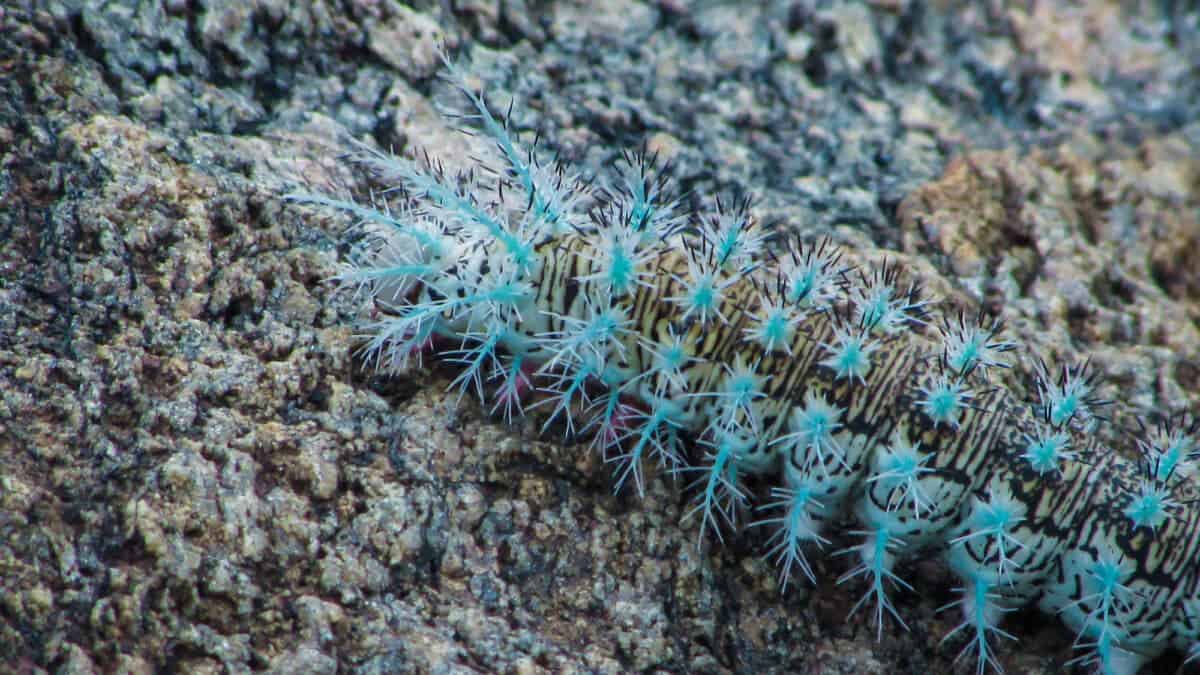
Perhaps the most dramatic path to independence occurs in species that undergo complete metamorphosis. Tadpoles and caterpillars bear little resemblance to their adult forms, occupying different ecological niches and often consuming entirely different foods than their mature counterparts. This transformation represents not just physical change but complete behavioral rewiring. A monarch butterfly caterpillar feeds exclusively on milkweed, but as an adult nectars from various flowers and navigates migration routes spanning thousands of miles—all without parental guidance. The pupal stage between these life phases involves extensive nervous system reorganization, essentially creating a new brain optimized for adult behaviors. This strategy allows species to exploit different resources at different life stages, reducing competition between generations. The independence of metamorphosed individuals is complete and immediate; there is no gradual learning period for butterflies or frogs. Instead, the necessary behaviors emerge fully formed with their new bodies, demonstrating nature’s remarkable capacity to encode complex instructions within reorganizing tissues.
Parental Investment Theory: The Economics of Growing Up

The varied timelines and methods by which animals achieve independence can be understood through parental investment theory. This evolutionary framework explains how species balance the benefits of extended parental care against its costs. Species facing high predation pressure often produce many offspring with minimal investment per individual (r-selected species), while those in stable but competitive environments typically produce fewer young with greater parental investment (K-selected species). Environmental unpredictability also shapes these strategies—desert-dwelling kangaroo rats produce precocial young that rapidly achieve independence because resource availability fluctuates dramatically. Conversely, elephants invest up to 16 years in each calf because their social knowledge about migrating to distant water sources during drought represents crucial survival information that must be learned, not instinctual. Parental investment decisions reflect not just current conditions but evolutionary history—birds continue to provide extensive parental care partly because their dinosaur ancestors did so. These strategies represent sophisticated risk-management systems that have been fine-tuned over millions of years.
Human Interference in Wildlife Independence

Human activities increasingly disrupt natural independence processes for wildlife. Habitat fragmentation creates barriers to dispersal, while climate change alters the timing of critical resources that young animals depend on. Well-intentioned but misguided “rescues” of apparently abandoned wildlife often separate young animals from parents who were temporarily absent—deer fawns, for instance, are frequently left alone while mothers forage, their lack of scent providing natural protection against predators. Conservation breeding programs must carefully balance human care with opportunities for young animals to develop natural behaviors if they’re to be successfully released. The most sophisticated rehabilitation programs now employ innovative techniques like puppet-rearing for endangered birds and soft-release enclosures that provide supplemental food while animals develop foraging skills. Wildlife biologists increasingly recognize that successful conservation requires preserving not just animals themselves but the complex processes through which they develop independence. This understanding has led to expanded habitat protections that encompass dispersal corridors and seasonal ranges needed during different life stages.
The journey from dependency to independence represents one of nature’s most profound and perilous transitions, a true “graduation” that tests young animals’ readiness for adult life. From the split-second independence of turtle hatchlings to the decade-long apprenticeship of young elephants, these varied pathways reflect the intricate balance between innate programming and learned experience that equips each species for its ecological niche. The diversity of independence strategies—from metamorphosis to dispersal, from play-learning to abrupt separation—showcases the countless solutions evolution has developed for the universal challenge of preparing offspring for survival. As habitats continue to change under human influence, the resilience of these ancient processes faces unprecedented tests, reminding us that protecting wildlife means preserving not just animals themselves but the complex developmental journeys that transform vulnerable young into self-sufficient adults. Nature’s graduation ceremonies lack pomp and circumstance, but they represent achievement no less remarkable than our own academic milestones—the successful transmission of life skills from one generation to the next, ensuring the continuation of species across time.
- How These Tiny Fish Outsmart the Ocean’s Deadliest Predators - August 22, 2025
- Do Cats Actually Miss You When You’re Gone? - August 22, 2025
- The Science Behind Bird Migration and How You Can Help - August 22, 2025

